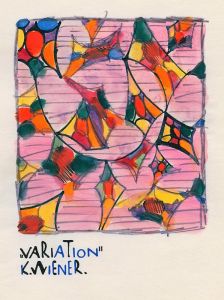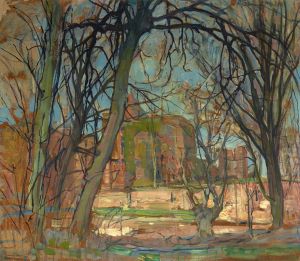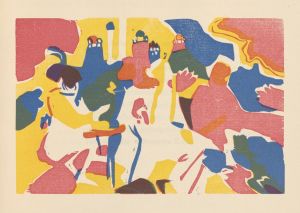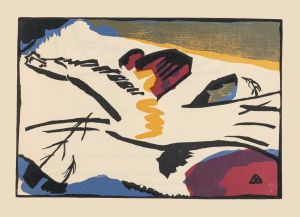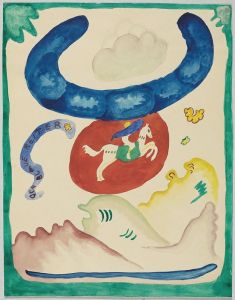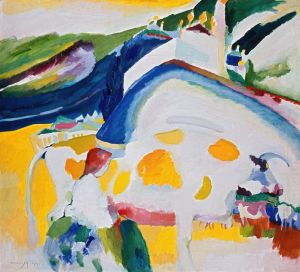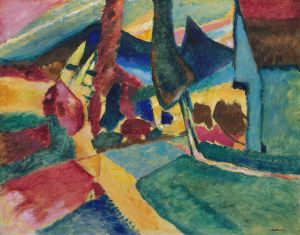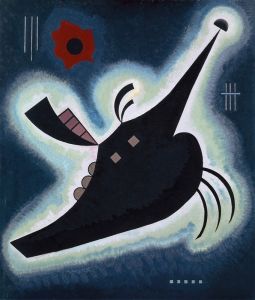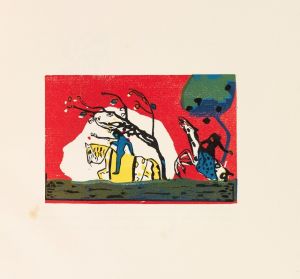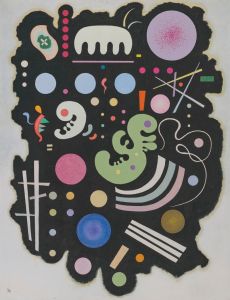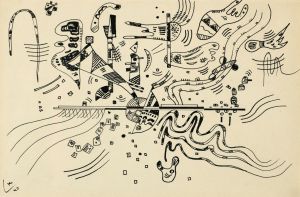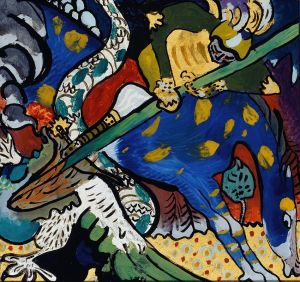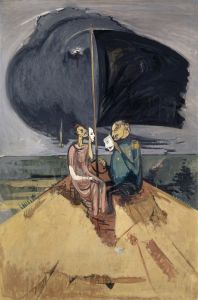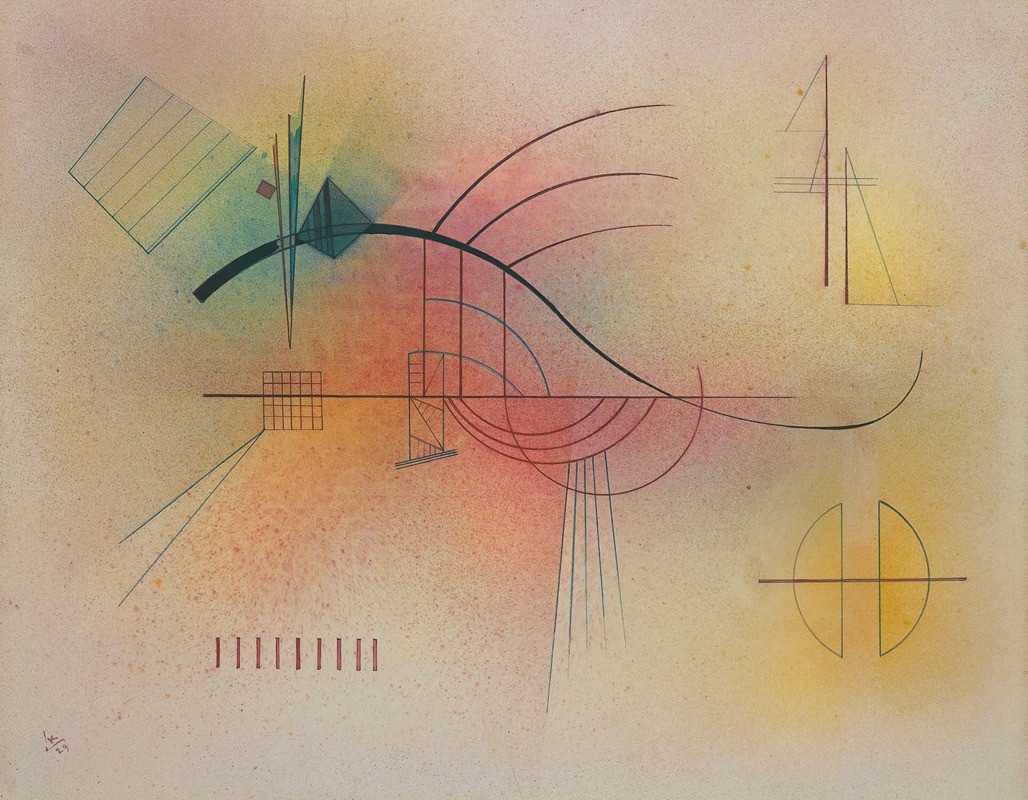
Linie
A hand-painted replica of Wassily Kandinsky’s masterpiece Linie, meticulously crafted by professional artists to capture the true essence of the original. Each piece is created with museum-quality canvas and rare mineral pigments, carefully painted by experienced artists with delicate brushstrokes and rich, layered colors to perfectly recreate the texture of the original artwork. Unlike machine-printed reproductions, this hand-painted version brings the painting to life, infused with the artist’s emotions and skill in every stroke. Whether for personal collection or home decoration, it instantly elevates the artistic atmosphere of any space.
Wassily Kandinsky, a pioneering figure in abstract art, created numerous works that have significantly influenced the course of modern art. However, there is no widely recognized painting titled "Linie" by Kandinsky. It is possible that there might be confusion with another work or a lesser-known piece that has not been extensively documented in art historical resources.
Kandinsky was born on December 16, 1866, in Moscow, Russia, and he initially pursued a career in law and economics. However, his passion for art led him to move to Munich in 1896, where he studied at the Academy of Fine Arts. Kandinsky's early works were influenced by Impressionism, Fauvism, and Symbolism, but he gradually moved towards abstraction, which became his signature style.
In 1911, Kandinsky co-founded the art movement Der Blaue Reiter (The Blue Rider) with Franz Marc. This group was pivotal in the development of abstract art, emphasizing the expression of spiritual and emotional experiences through color and form rather than representational accuracy. Kandinsky's theoretical writings, such as "Concerning the Spiritual in Art" (1911), articulated his belief in the transformative power of art and the importance of inner necessity in artistic creation.
Kandinsky's work is characterized by its bold use of color, dynamic compositions, and the exploration of the relationship between color and form. He believed that colors had inherent spiritual qualities and could evoke specific emotions and responses in the viewer. This belief is evident in his abstract compositions, where he often used geometric shapes, lines, and vibrant colors to create a sense of movement and harmony.
Throughout his career, Kandinsky's style evolved, reflecting his ongoing exploration of abstraction. His time at the Bauhaus, a progressive art and design school in Germany where he taught from 1922 to 1933, further influenced his work. During this period, Kandinsky's paintings became more geometric and precise, incorporating elements of Constructivism and Suprematism.
Kandinsky's contributions to art extend beyond his paintings. His theoretical writings and teachings have had a lasting impact on the development of abstract art and have inspired countless artists worldwide. His work is celebrated for its innovative approach to color and form, and his legacy continues to be a source of inspiration for contemporary artists.
While specific information about a painting titled "Linie" by Kandinsky is not available, his body of work remains a testament to his pioneering vision and his role as a leading figure in the development of abstract art. Kandinsky passed away on December 13, 1944, in Neuilly-sur-Seine, France, leaving behind a rich legacy that continues to influence the art world today.





